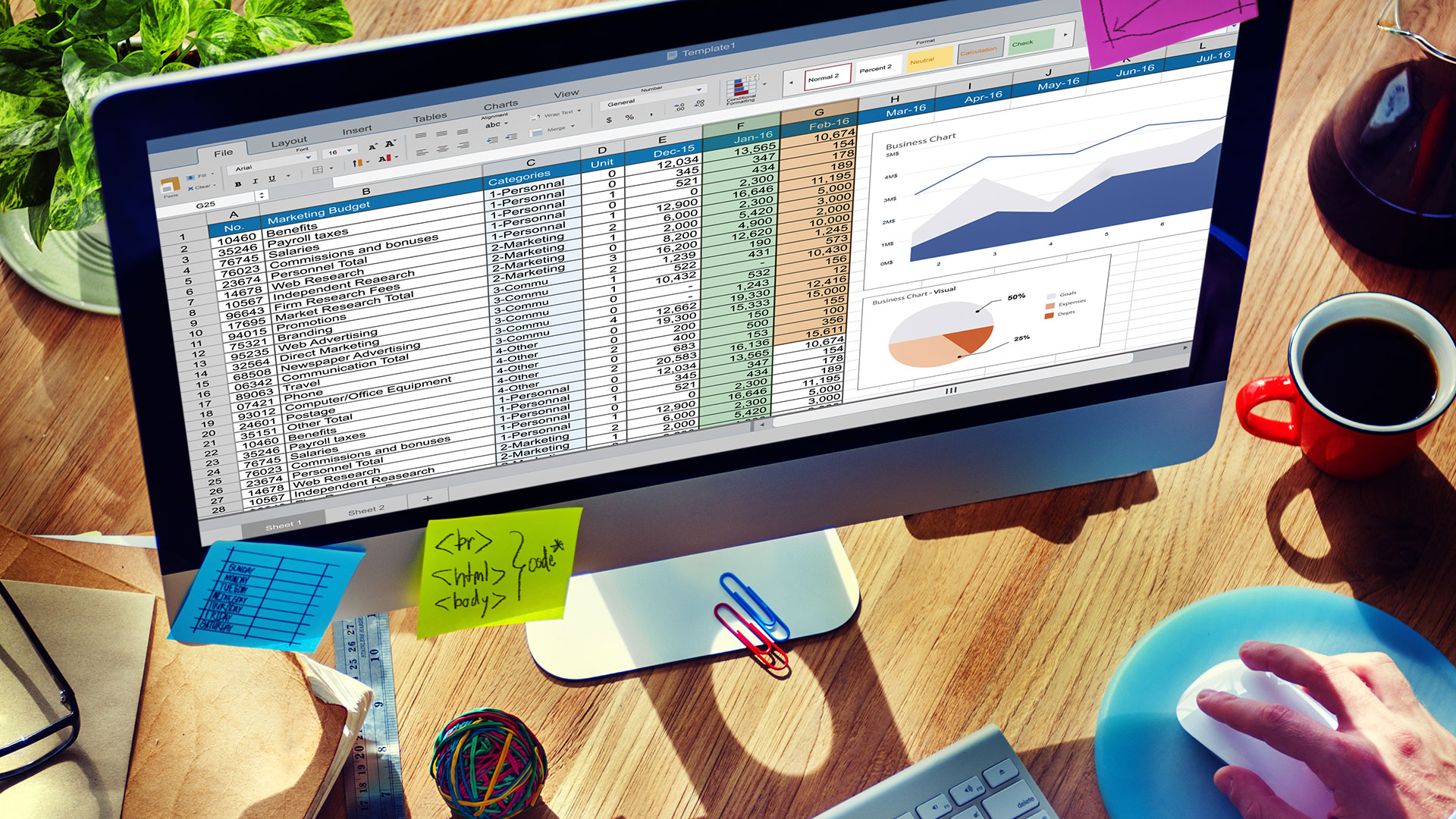
Treasury Today Group’s ‘Treasury Insider’ series provides a platform for corporate treasury professionals to share views and opinions with their peers. In this first outing, we hear why former Tatts Group treasurer and Cofounder at Arkava, Cale Bennett believes spreadsheets will remain the go-to tool for treasury professionals.
At the heart of every treasury operation sits a file system stuffed with spreadsheets, most likely created in Microsoft Excel. A category killer that is equally powerful and versatile, Excel is the go-to application in treasuries for everything from complex financial modelling to issuing payment notices. Significant time, resources, and investment is being directed towards replacing Excel – but can treasuries really live without spreadsheets?
Despite their benefits, spreadsheet errors have been implicated in several significant financial failings, including a US$6bn trading loss by J.P. Morgan and Barclays purchasing contracts from Lehman Brothers that it didn’t actually want. These errors do not always manifest themselves due to complexity – the Barclays error occurred simply because someone chose to hide cells rather than delete them. It is therefore an ongoing curiosity that in a profession where errors can cost significant sums of money, a tool that will often contain errors sits at the heart of most treasury operations.
Fundamentally, Excel’s strengths ensure its weakness. Versatility and power together can be very unwieldy – like a fire hose turned on without being held – as the complexity increases the probability of being error-free falls. Highly skilled practitioners really only have one significant global spreadsheeting advantage over newcomers: they know there are errors in their spreadsheets.
The reality, however, is that many treasury professionals are highly skilled spreadsheeting practitioners. Very few problems are unable to be solved within the confines of those cells. Therefore, when presented with a problem, firing up Excel is the first port of call. Dumping data out of the Treasury Management System, either manually or programmatically, for reporting or manipulation or further calculation, is a well-worn path.
Numerous online applications are springing up to replace Excel and spreadsheets in general, with cloud-based alternatives applied to everything from financial modelling to time tracking and all points in between. Investors are clearly believers in the new offerings, with one alternative – Smartsheet.com – having raised over US$100m alone.
However, these applications are only replacing parts of what Excel can do. Admittedly, some are better than Excel at their niche (which Excel was probably not intended for anyway). That said, it is impractical to split Excel into its use cases and begin using individual applications as substitutes – particularly for power users such as those typically found in treasuries.
If it is impractical to remove Excel from treasuries globally, what does the future of Excel look like? There are two possible trends that could play a larger role in the next evolution of Excel. They can be summarised as ‘internal’ and ‘external’ extensibility – fundamentally extending the functionality of Excel to better account for the use cases being implemented in the up and coming cloud-based Excel substitutes.
Internal extensibility includes third-party add-ins that improve the functionality of Excel. These extensions could be used for improving governance or increasing productivity. Add-ins like Modano, which increase productivity and governance when creating financial models in Excel, is an excellent example of an internal extension of Excel. Modano restricts some of the versatility of Excel but rewards the user with increased productivity and reduced likelihood of structural errors within their models.
External extensibility fundamentally enables Excel to interact with the internet. As more and more systems become cloud-based, and the Application Programming Interface (API) ecosystem expands, the ability of systems to talk to each other improves. Whilst dealing with APIs via Visual Basic for Applications (VBA) is quite difficult, the integration of languages that are a more natural fit, such as Python, is likely to increase. This will enable Excel to sit in the middle of many systems, dragging in and manipulating data in a way that treasury people love so much.
Despite the well-known failings of spreadsheets and the challenge of new systems to the dominance of Excel, it appears very unlikely that treasuries will relinquish their use of spreadsheets. The future of spreadsheeting in treasury is much more likely to be extended by using a wider ecosystem of add-ins and APIs that further cement Excel as the go-to tool for treasuries globally.
Have your say today
Treasury Insider is an exciting new platform for you, the corporate treasurer, to share your opinion on the themes in the industry that matter to you.
Have something to say? Then contact the editorial team who will talk you through how you can get involved.